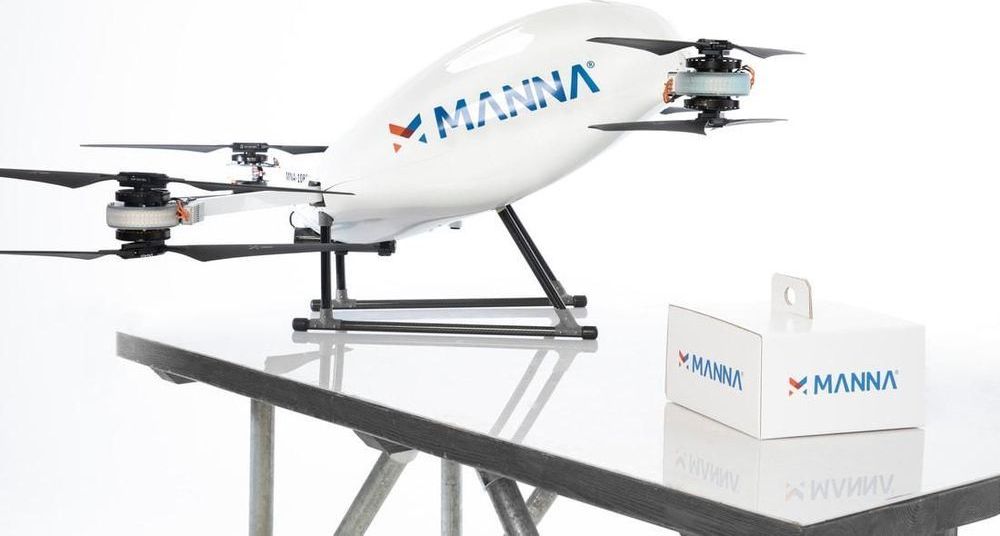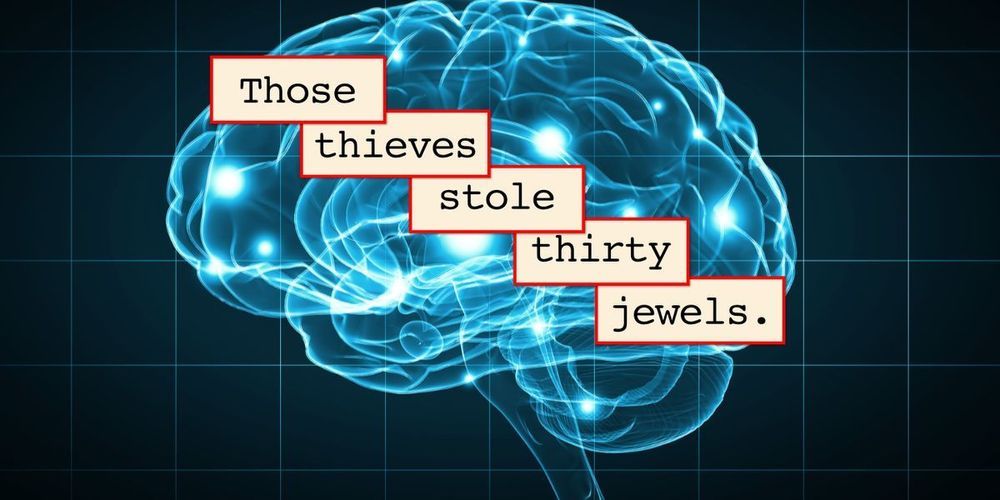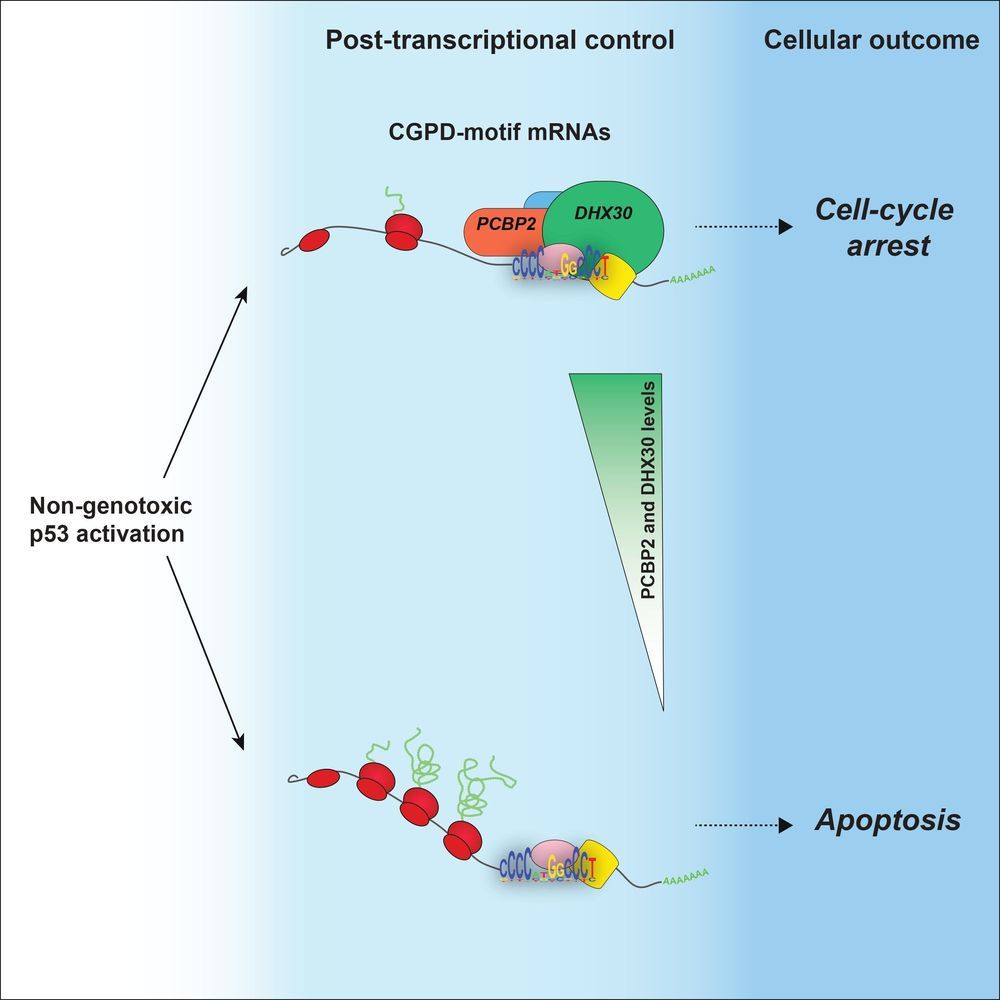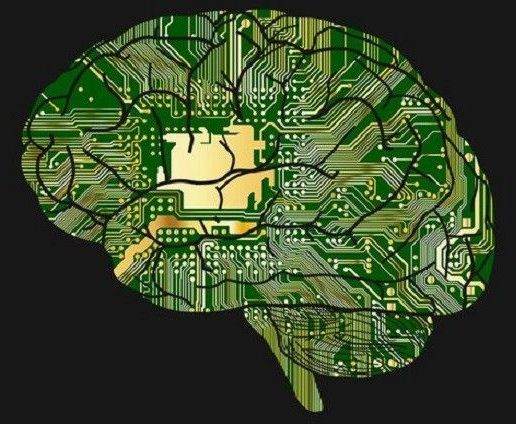HOUSTON — A University of Houston professor is waiting for FDA approval of a waterproofing solution that he says can shield personal protective equipment such as N95 masks from the droplets that spread COVID-19.
Professor Seamus Curran said he developed the hydrophobic coating in 2011 while testing it on fabrics. He continued creating similar solutions to be used on wood and masonry with his company, Integricote.
When COVID-19 broke out, he felt the coating could help, especially as health care workers warned of a nationwide shortage of personal protective equipment (PPE) such as N95 masks that health care workers wear.








